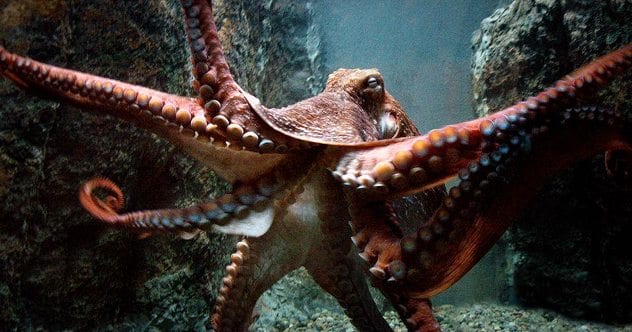Now Reading: A supercomputer figured out when all life on Earth will end
-
01
A supercomputer figured out when all life on Earth will end
A supercomputer figured out when all life on Earth will end

NASA scientists, in collaboration with researchers from Japan’s University of Toho, have used supercomputers to model the far future of Earth’s habitability. Their findings offer a clear—if distant—timeline for the end of life on our planet.
According to the study, the Sun will be the ultimate cause of the end of life on Earth. Over the next billion years, its output will continue to increase, gradually heating the planet beyond the threshold of life. The research estimates that life on Earth will end around the year 1,000,002,021, when surface conditions become too extreme to support even the most resilient organisms.
But the decline will begin much earlier. As the Sun grows hotter, Earth’s atmosphere will undergo significant changes. Oxygen levels will fall, temperatures will rise exponentially, and air quality will worsen. These shifts, projected through detailed climate change and solar radiation models, map out when life on Earth will end, not as a sudden collapse but as a slow and irreversible decline.
Signs of this transformation are already being observed. Solar storms and coronal mass ejections have increased in intensity, with the most powerful storm in 20 years recently recorded. These phenomena affect Earth’s magnetic field and reduce atmospheric oxygen, giving scientists a glimpse into the longer-term effects described in the models.
Tech. Entertainment. Science. Your inbox.
Sign up for the most interesting tech & entertainment news out there.
By signing up, I agree to the Terms of Use and have reviewed the Privacy Notice.
At the same time, human-driven climate change is compounding planetary stress. Rising global temperatures and melting polar ice are accelerating faster than previous projections, suggesting that environmental conditions may become more difficult far earlier than the billion-year benchmark.
Despite the long timeline, researchers emphasize the importance of preparation and adaptation. Some scientists propose technological interventions—such as enclosed life-support systems and artificial habitats—to maintain habitable environments for as long as possible.
Others look beyond Earth entirely. Plans for long-term space colonization, including Mars missions led by NASA and SpaceX, are being explored as potential strategies for preserving human life once Earth becomes inhospitable.























